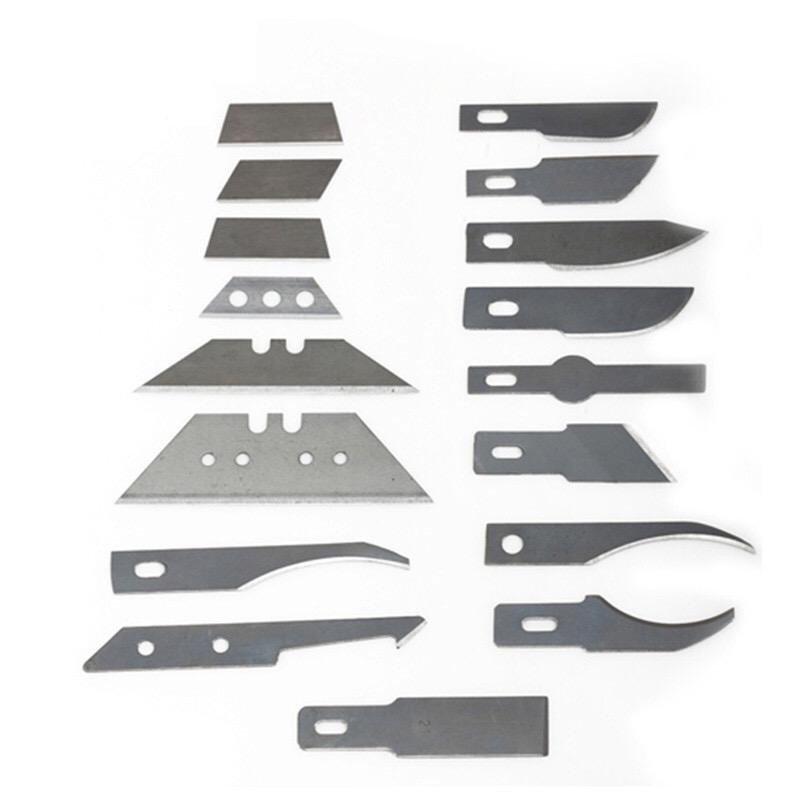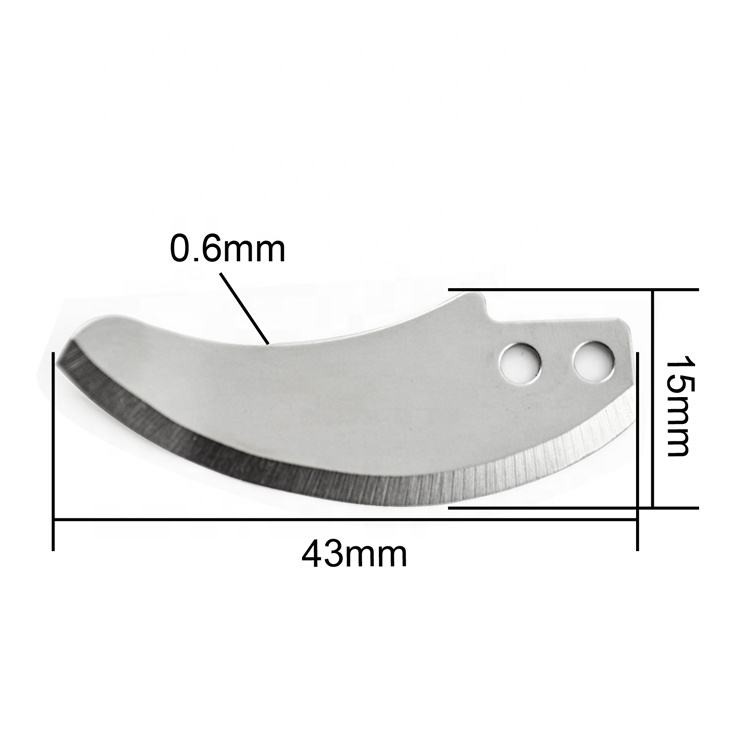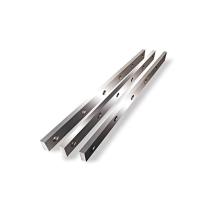Ceramic Industrial Round Blades For Cutting Fabric 250mm
Description:
Industrial slit saw blades can come in a variety of non-standard or
"irregular" shapes to accommodate specific metal fabrication
requirements. Some of the key shape features of these asymmetric or
irregular slit saw blades include:
1,Curved Profiles:
- Slit saw blades with curved or contoured shapes are designed to
facilitate the cutting of pipes, tubes, and other cylindrical metal
components.
- The curved blade edge allows for precise and smooth cutting along
the circumference of the workpiece.
2,Tapered Blades:
- Some slit saw blades feature a tapered or angled cutting edge,
rather than a flat edge.
- This tapered design is useful for making angled or bevel cuts on
metal parts, such as in the fabrication of metal frames, furniture,
and machinery components.
3,Segmented or Slotted Blades:
- Slit saw blades can be segmented or slotted, with multiple discrete
cutting edges along the circumference.
- This configuration is beneficial for cutting intricate profiles or
patterns in metal sheets and plates, as the segmented edges can
navigate tight corners and complex shapes.
4,Stepped or Multi-Tiered Blades:
- Certain slit saw blades are designed with stepped or multi-tiered
cutting edges, allowing them to make multiple cuts or grooves in a
single pass.
- This can enhance productivity and precision in applications like
metal strip or sheet slitting, where multiple parallel cuts are
required.
5,Specialized Tooth Geometries:
- The tooth design and profile of the slit saw blade can be
customized to optimize cutting performance for specific metal types
and thicknesses.
- This may include features like alternating tooth patterns, variable
tooth heights, or specialized rake and clearance angles.
These irregular or asymmetric slit saw blade shapes enable metal
fabricators to tackle a wider range of cutting tasks, improve the
quality of the finished products, and enhance the overall
efficiency of their metal processing operations.
The selection of the appropriate slit saw blade shape is typically
driven by the specific requirements of the metal fabrication
process, the characteristics of the workpiece, and the desired
cutting outcomes.
Industrial Blade Specifications:
| Product name | Special-Shaped Knife Industrial Blades |
| Material | HSS |
| Hardness | HRC46-78 |
| Precision | ±50 Micron |
| Length | 190mm |
| Width | 20mm |
| Thickness | 2.5mm |
| Applicable Industries | Manufacturing Plant |
The manufacturing process of irregular or asymmetric industrial
slit saw blades has several unique characteristics, which are
tailored to address the specific requirements of these specialized
cutting tools:
1,Customized Blade Geometry:
- The design and geometry of the irregular slit saw blades are often
customized based on the end-use application.
- This may involve the use of advanced computer-aided design (CAD)
and modeling software to precisely define the blade profile, tooth
pattern, and other shape features.
2,Specialized Cutting and Grinding:
- The manufacturing of irregular slit saw blades typically involves
the use of specialized cutting and grinding equipment, such as CNC
(Computer Numerical Control) machines and specialized grinding
tools.
- These advanced manufacturing techniques allow for the precise
shaping and sharpening of the complex blade geometries.
3,Material Selection and Heat Treatment:
- The selection of the appropriate tool steel or other
high-performance alloy is critical for the manufacturing of
irregular slit saw blades.
- Careful heat treatment processes, such as tempering and cryogenic
treatment, are often employed to optimize the blade's hardness,
toughness, and wear resistance.
4,Tight Dimensional Tolerances:
- Irregular slit saw blades require strict dimensional control and
tight tolerances to ensure consistent cutting performance and
minimize deviations in the final product.
- Advanced metrology and inspection techniques are utilized
throughout the manufacturing process to maintain the required
dimensional accuracy.
5,Specialized Coatings and Treatments:
- To enhance the performance and lifespan of irregular slit saw
blades, specialized surface coatings or treatments may be applied.
- These can include hard, wear-resistant coatings, as well as
low-friction or anti-galling surface treatments.
6,Rigorous Quality Control:
- Due to the complexity of the irregular slit saw blade designs, the
manufacturing process often involves extensive quality control
measures, including dimensional checks, edge inspection, and
functional testing.
- This ensures the blades meet or exceed the specified performance
requirements before being released for use in metal fabrication
applications.
Picture:

Size:


Applications:

Packing:











